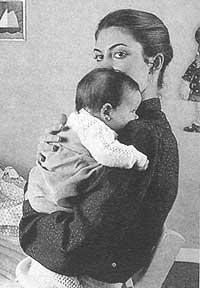Medical journals do not always tell the whole truth
2002/06/11 Galarraga Aiestaran, Ana - Elhuyar Zientzia

Scientists at the Darmouth School of Medicine have analyzed the activity of nine medical journals ( Annals of Internal Medicine, British Medical Journal, Circulation, Journal of the American Medical Assotiation, Journal of the National Cancer Institute, The Lancet, Pediatrics, Annals of Surgery of New Journal ). In total 127 news have been analysed and in 23% there have been a lack of information. Besides the fact that the information is not accurate, the way to give it opens the way to awaken an excessive hope. In addition, some research is paid by the industry, but only 22% warns.
On the other hand, the research team has analyzed how the news about five medical meetings held in 1998 was explained in the general press. The 27% of the presentations made at these meetings were on the front page of one or more newspapers, regardless of the phase in which the experiments were found.
The aim of scientific meetings is to present new work to other members. These jobs are often in their beginnings, so it is not surprising that some give bad results over time. For this reason, it is counterproductive for the press to finalize or evaluate the works, since false expectations are raised. On the other hand, researchers have requested that both presenters and press managers make it clear that the investigations are in the early stages and that the results obtained are provisional.
Finally, the University of California research team has analyzed 359 articles published by five medical journals between 1989 and 1998 ( Annals of Internal Medicine, British Journal of Medicine, Journal of American Association, The Lancet and New England Journal of Medicine ). These articles referred to new treatments, indicating that the data provided are not sufficient. Moreover, they have denounced that in most cases only favorable statistics appear. Apparently, they hide additional information, so users are at risk of choosing an incorrect treatment.

Gai honi buruzko eduki gehiago
Elhuyarrek garatutako teknologia





